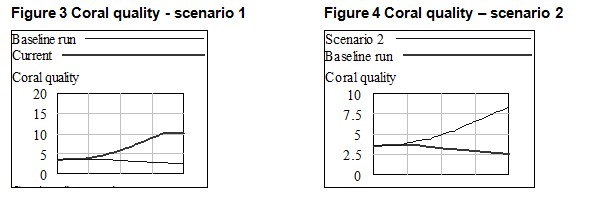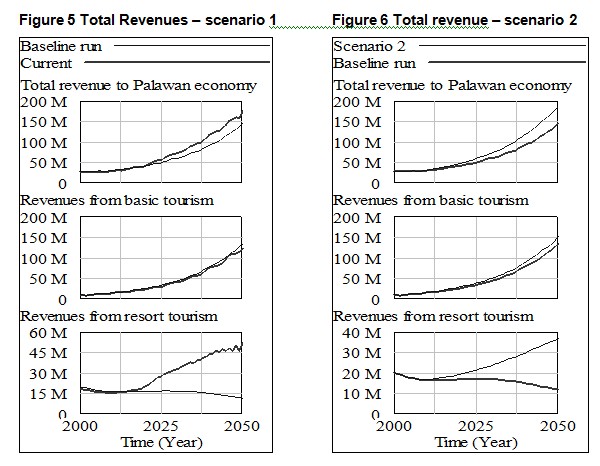The desired involvement in tourism, the rapid growth and all related difficulties are not unique for Palawan or the Philippines. All over the world destinations struggle with the same difficulties focused on one theme: tourism development. With the aim of developing tourism in Palawan with the overall desired impact of economic development, several questions have to be answered:
Which policies maximise the desired impacts and minimise the negative impacts?
Since this dissertation is a follow-up of the fieldwork conducted in Palawan during the Tourism Destination Management Master Programme, information acquired during this period is used. Additional research is performed both in Palawan and other regions in the Philippines. These periods combined resulted in 118 qualitative interviews, using a semi-structured interview technique, and valuable (participatory) observations throughout the country. Afterwards, desk-research is carried out in order to analyse the different elements of tourism in Palawan. Moreover, information is gathered to build a System Dynamics model. This model is used to understand change over time, and different scenarios are simulated according to this model.
The two scenarios are based on the analyses included in this dissertation, focused on the core elements of tourism in Palawan; the tourists (demand), supply and the destination itself.
The first scenario stimulates resort development. Most significant change in this scenario is the number of resort arrivals in Palawan. (International) investments are attracted and resort accommodation projects are financed. However, the investments in environment protection, like sewage treatment systems and coral guards, are more effective for attracting the resort tourists. The number of basic tourist arrivals has not changed much. The second scenario emphasises on basic tourism. It is also the resort tourists that show most significant growth.

Marine life is of significant importance for the resort tourists. Most of the resorts are located on (inhabited) islands and its appeal depends on the natural resources. In both scenarios investments are made in nature preservation. The investments combined, result in an increase in coral quality, compared to the baseline situation this growth is considerable.

Important measurement of the two scenarios is the impact of tourism on the local economy. The total revenues of tourism are presented. The total revenues are the sum of revenues of resort and basic tourism minus the assumed leakage. The contribution of both tourism types are illustrated, per scenario, compared to the baseline. The total revenue is higher than in the baseline situation, however, this includes the income from tourism tax.

From the baseline situation it becomes apparent that tourism in Palawan has a limited life-span, when continued in its current way. Through the simulations, quality of nature is identified as the key leverage point of change and transformation. In order to sustain Palawan’s tourism system, maximising desired impacts and minimise the undesired, the following recommendations are formulated: